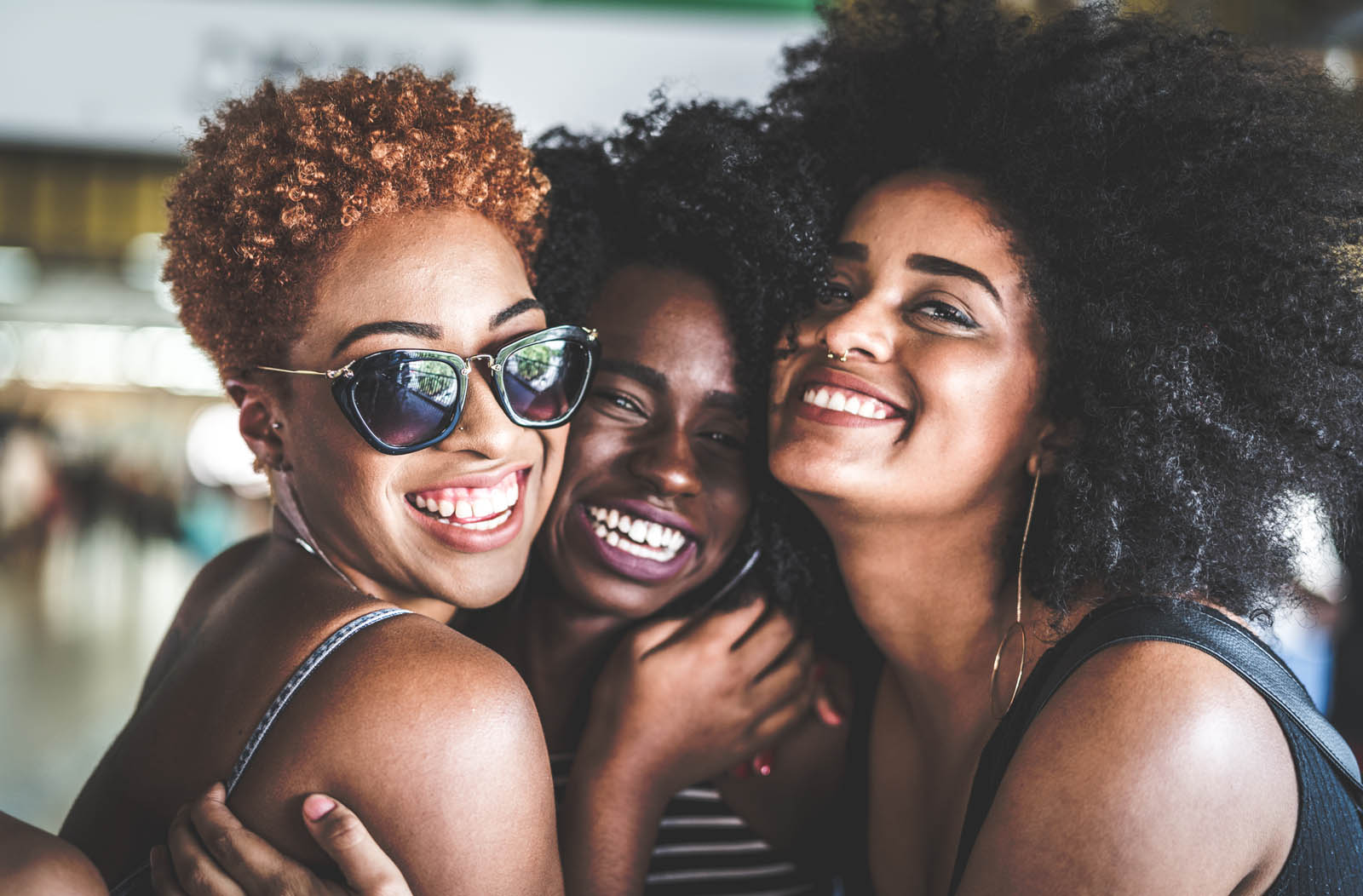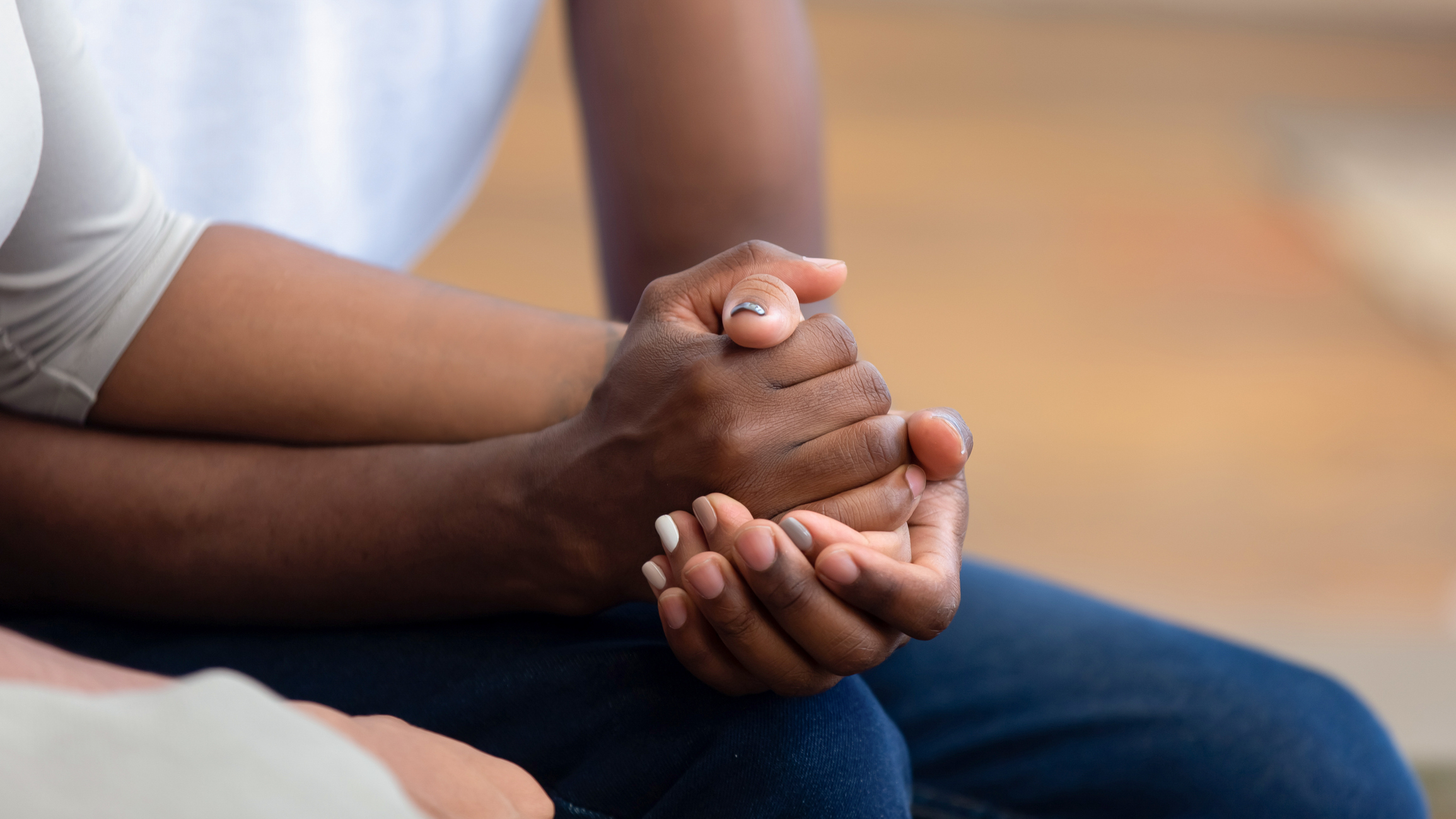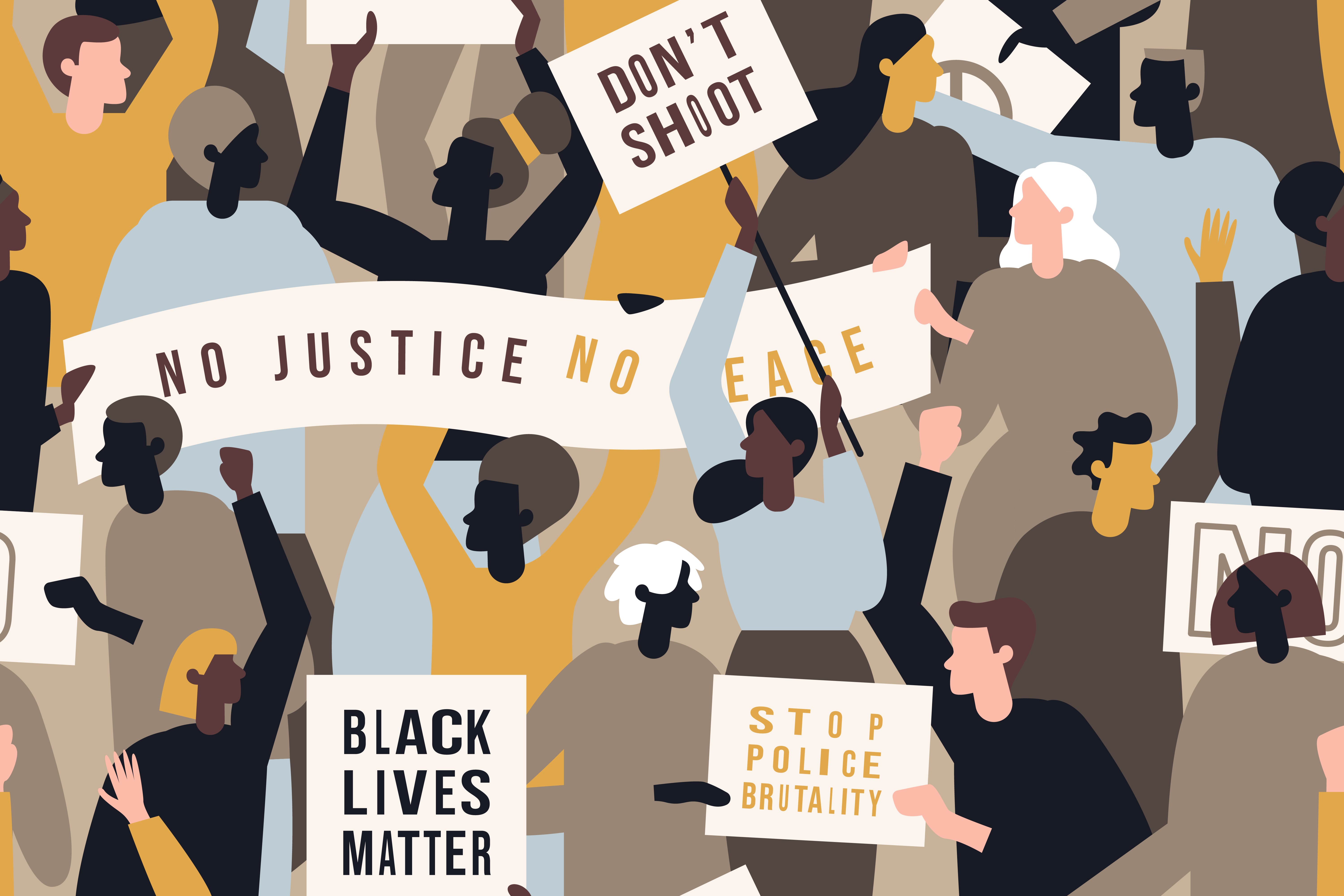
Amplifying the Voice of the Black Consumer Part 3 – How Brands Can Support the Black Community ─ Key Takeaways
Filed Under: Black / African American
Ashleigh Williams
Senior Director, In-Person Qualitative Research
In honor of Black History Month, we put a spotlight on our ongoing dialogue with the Black community regarding systemic racism in the U.S. following the recent Black Lives Matter movement. C+R hosted a virtual consumer panel that focused on gauging the progress of where we are six months after the murder of George Floyd. In this very honest discussion, we explored consumers’ perceptions of companies’ support of the Black community and the impact of COVID-19 on an already marginalized populace. Here are some takeaways that illuminated our understanding of how members of the Black community are feeling during these troubling times.
Fill out our form below to download our complimentary Summary of these key takeaways!
1. A RENEWED SENSE OF UNITY: THE BLACK COMMUNITY IS EMBRACING BLACK JOY AMID THE MOVEMENT FOR CHANGE

The Black community is experiencing a reinvigorated sense of comradery despite the racial trauma they have experienced in recent months.
- Blacks reenergize and hold on to their values of resiliency, strength, and perseverance in times of turmoil— and this moment is no exception.
- While these values are synonymous with the community, Black consumers are feeling even more connected since the movement gained steam.
- Small victories and support within the community have helped lift them up and provide a welcome break from the struggle narrative seen in mainstream media.
- From celebrating Kamala Harris, to empathizing with the Gorilla Glue Girl, to honoring local heroes, Black consumers feel more connected through a collective energy to root for their own to empower and continue to push the movement forward.
POV: Commit to celebrating and elevating Black Joy through how you depict Blacks in your marketing and communications. Strive to go beyond the struggle culture associated with the community.
2. A SNAIL’S PACE TOWARD CHANGE IS NO LONGER ACCEPTABLE. THE BLACK COMMUNITY IS STANDING AT-THE-READY TO HAVE THESE UNCOMFORTABLE CONVERSATIONS WITH THOSE OUTSIDE OF THE BLACK COMMUNITY
Blacks are now more comfortable talking about racism with those from other cultures. Contrary to what other cultures may think, this has not always been the case.
- As in-culture research practitioners, we have seen an increased trend of Black consumers’ willingness to openly communicate with people outside of their race to tackle topics that historically have been reserved for behind closed doors or at the dinner table.
- While digital research techniques provide a “safe space” for sharing, there is a sense from Black consumers that the frustrations are at a high and that they can no longer stay silent.
- In the past, Blacks have held their tongues about systemic racism in non-Black spaces, due to their perceptions of little progress being made toward achieving racial equality over the course of many years, and fears of not being believed or of possible backlash from friends or employers.
- Lack of representation and negative news reports (mostly crime) in the media often contributed to fortifying the stereotypes that Blacks have long fought to overcome. They haven’t felt that they’ve had a voice until now.
- We continue to hear that with a country paralyzed due to COVID-19, the community now feels that there is a more attentive and empathetic audience—due to an “awakening,” of sorts, after the nation watched from their own homes as horrific events took place over the past few months. Therefore, some have taken this new sense of awareness a step further by being the catalyst to these conversations with close friends or colleagues outside of the Black community.
[It’s been] frustrating because I did feel a little bit of guilt…where it was like, ’Okay, I haven’t been having these type of courageous conversations with my friends and colleagues.’ And that, especially coming out of the inauguration and those protests around the election, I started to have more of those courageous conversations with my friends. Like, ’Hey, let’s talk about this. You know I’m Black—more of this has impacted me. This is who I am. I’m a Black man with a Black family and I fear for my life when I interact with the police, when I interact with White status strangers. I have my guard up. You may not have known this, but now you do. Antonio, Black Male
POV:
For brands that want to get it right, NOW is the time. Take advantage of the opportunity to have authentic conversations with Black consumers about what they need and what they feel your brand needs to do to connect with them. This is a time where they’re ready to allow you entry into the Black Experience because they feel that you want to hear from them.
3. HAVING ONLY A SEAT AT THE TABLE IS NOT ENOUGH: BLACK CONSUMERS WANT TO SEE ACTIONABLE STEPS TO SOLVE THEIR FRUSTRATIONS BEYOND THE SURFACE LEVEL
As much as Blacks have and still desire a “seat at the table,” they now believe there is an opportunity to have a true “voice at the table.”
- While having representation is welcome, the optics they believe have not gotten us far.
- Black Consumers understand that being included in the group doesn’t always mean that they are heard equally or taken seriously in the room.
POV: Go beyond hiring more Black/multicultural employees. Offer a safe space where listening is encouraged and where Black community members are able to help guide and make pivotal decisions within the organization.
4. STRATEGY IS KEY: AUTHENTIC CONNECTIONS ARE ONLY GLEANED FROM A BRAND’S PLAN BEHIND THOSE EFFORTS

The Black community wants brands to take a strong stance and not send subtle messages to show their support.
- Black consumers (along with their multicultural counterparts) want to be considered and consulted before the creation of communications or new product innovations.
- In the past, Black consumers have felt large brands are reactionary to the Black Experience. This typically involves a Black History Month strategy or push for Black communications following a major event that has legs for 1-2 months but dissipates over time (or until next Black History Month).
- Black consumers believe this happens because brands’ core principles and pillars do not incorporate inclusion as a brand value.
- While Black consumers cite smaller brands as being the most “radical” in putting inclusion at the forefront of their brand values, they believe that larger companies have a long way to go.
- Although monetary donations are appreciated, Blacks want to see brands devise a long-term plan to end racism with multiple touchpoints.
- These goals should be measurable so that both brands and the community at-large can see the progress being made toward achieving these goals of inclusivity, fairness, and ending racial injustices.
Black people are represented because we’re seen as a commodity. Our dollar holds power, our culture drives monetary and fiduciary success and typically that’s being exploited. So oftentimes it’s either out of necessity or it’s out of fear. It’s like, ’We don’t want to lose the Black population. We don’t want to lose their input.’
You have a hair care line that’s owned by a White person and it’s aimed directly at Black people with texture. And Black people are no longer supporting you, then you’re out of business. So it’s reactionary. It’s never preemptive, it’s never considered, it’s never thoughtful, it’s always reactionary. There’s a Black Lives Matter movement. Dang, we don’t want to lose that dollar.” Jason, Black Male
POV:
The time for being only reactive has passed, as the injustices Black people face have been going on for much too long, even if some cultures have only recently become aware. Create an immediate and clear action plan to take advantage of the reach of your brand’s long arm. Then, proudly promote your plan and its successes.
5. “THEY DON’T KNOW US”: SIMPLY USING SKIN COLOR TO GET IT RIGHT MISSES THE MARK

Representation should go further than dropping a Black face in the midst of a sea of White. That’s not representation; That’s creating a “token.”
- Casting a token Black character in the same role or communications typically reserved for non-Blacks does little, if anying, to move the perceptions of the Black Community forward.
- These representations make Black people feel unheard, unseen, and as if there is little to no understanding around the real Black Experience in mainstream culture. Brands who perpetuate these superficial narratives come across as lazy or apathetic to the Black community and what it stands for.
- Black consumers desire to see more authentic stories, set in their own neighborhoods, communities, and spaces showing how they move in their environment every day.
- Blacks want to see themselves in real-life situations, communicating and interacting with Whites, Blacks, and other cultures as well. These interactions should be authentic and rooted in Black culture and heritage and not contrived.
“We take a look at commercials, a lot of times when you have a woman of color in a commercial, she’s there with kids, but no wedding ring. We hardly ever see Anglo-Saxon or White women on a commercial without a wedding ring, a husband, and a kid…And so, to me, it’s like you’re putting the image out there, but you’re not totally packaging the image up properly.
POV: Show the Black community that you care by cultivating real and authentic stories of the Black Experience. Recognize that inclusivity means not just including a Black face, but also showing real-life situations including how they truly interact in their own environment.
6. TRUST + RESPECT IS EARNED WITHIN THE BLACK COMMUNITY, NOT GIVEN

Past traumas in this country continue to scar the Black community and have a ripple effect on how they interact within society, especially healthcare.
- A perfect example of this is the Black community’s reaction to the COVID-19 vaccine and the lack of trust they associate with taking it.
- Unaided, Black consumers express concerns around a repeat of the Tuskegee experiment that has left painful scars within the community and deteriorated the trust between the medical and Black communities.
POV: While healthcare is top of mind right now due to the pandemic, similar stories can be told within other industries and categories. Once trust is broken, it can be hard to repair those ties. Brands must take an approach of full transparency and a willingness to right these wrongs to rebuild trust within the Black community and beyond.
C+R’s Take:
- We are doing Black marketing strategy all wrong
- Currently, companies are on the defense, reacting rather than taking an offensive approach to strategy when engaging with the Black community. There are few metrics in place for the Black community to track progress when evaluating brand strategies over time. While brands are certainly “checking off” the BHM box, consumers remind us they are a culture with rich heritage outside the month of February and want companies to acknowledge them outside of this space. The Black community needs brands to understand that their community exists 365 days a year; every year for each of those 365 days, the Black community exists, not just for 28 or 29 days in February. Thus, brands’ support should reach past February as well.
- We don’t want “BHM” propaganda. Make it real or go home
- Blacks are desensitized by the shoutouts and are seeking more than the superficial.
- They want brands and companies who will unapologetically go beyond the monetary contributions and shoutouts to build deeply rooted relationships in the community and glean significant results for the movement.
- Have a plan within your given strengths
- Taking a general approach to allyship with the Black community has little to no impact and can seem superficial. Consider ways to infuse Black culture within your brand or company via members of the community to help guide what you can do within your respective communities. Black consumers don’t expect an athletic company, for example, to eradicate racism all by itself. But they do expect the brand to work towards advocating for Black athletes and Black people within the athletic space. Brands should capitalize on their strength in the space where they live and use the muscle of their reach and their voice to be an impactful ally.
explore featured
Case studies

